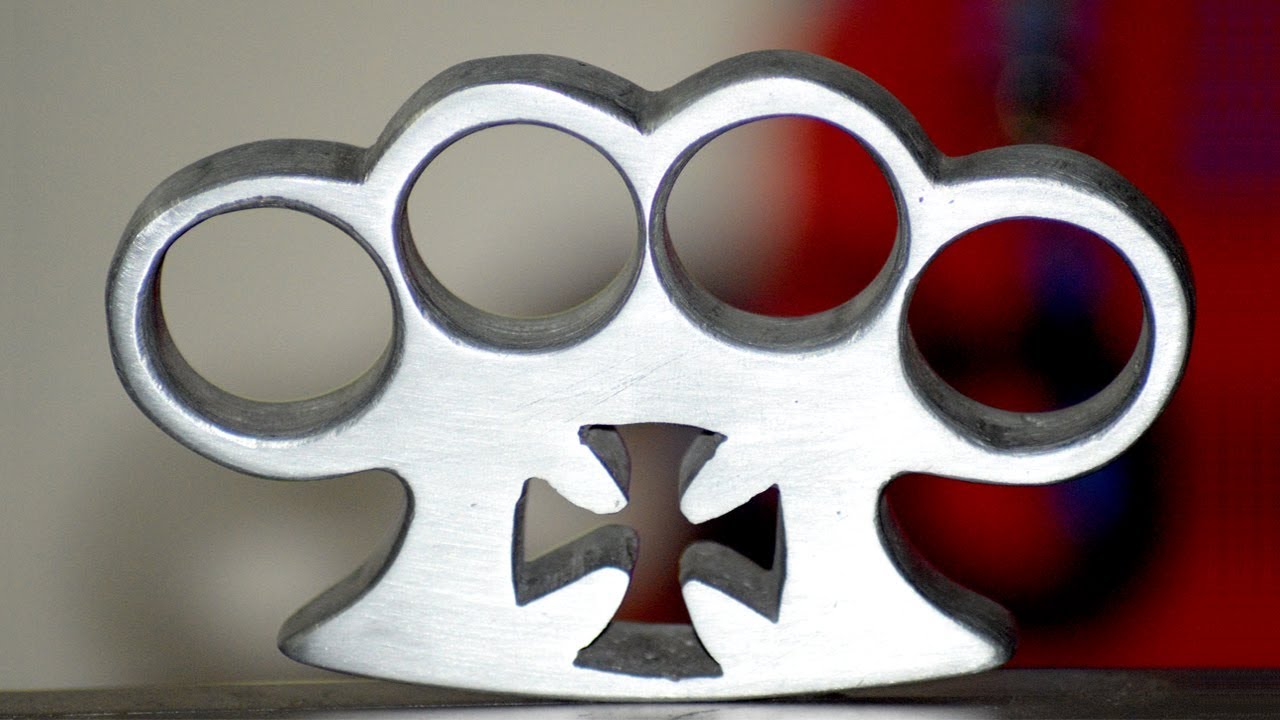

Articles
What Is A Knuckle Duster
Modified: February 24, 2024
Discover the ins and outs of knuckle dusters with our informative articles. Learn about their history, uses, and legal implications.
(Many of the links in this article redirect to a specific reviewed product. Your purchase of these products through affiliate links helps to generate commission for Storables.com, at no extra cost. Learn more)
Introduction
Knuckle dusters, also known as brass knuckles or knucks, are handheld weapons designed to be worn around the fingers, with metal plates or studs used to increase the force and impact of a punch. As controversial as they are intriguing, knuckle dusters have a long history and have been the subject of both fascination and concern.
In this article, we will delve into the world of knuckle dusters, exploring their definition, history, construction, legality, controversies, and more. By the end, we hope to provide a comprehensive understanding of this unique weapon.
Key Takeaways:
- Knuckle dusters, also known as brass knuckles, have a rich history dating back to ancient times and have evolved into various types and designs. However, their association with criminal activity and strict legal regulations highlight the need for responsible ownership and understanding of local laws.
- While knuckle dusters may have been used for self-defense in the past, their potential for misuse and association with criminal activity have led to strict regulations and legal consequences. It’s crucial to prioritize non-violent self-defense strategies and understand the laws in your area to ensure personal safety.
Read more: What Is A Duster
Definition
Knuckle dusters are handheld weapons that are meant to be worn around the fingers, typically the knuckles, with the intention of enhancing the force and impact of a punch. They consist of a rigid frame or band that fits over the knuckles, often made of metal or other hard materials such as plastic or wood, and may feature protruding metal plates, spikes, or studs. The design of knuckle dusters allows the user’s force to be concentrated into a smaller area, increasing the potential for injury.
Knuckle dusters come in various shapes and sizes, but they typically cover the fingers and palm, providing additional support and protection to the user’s hand. They are often used as offensive weapons in close-range combat situations, where the user can deliver devastating blows with minimal effort.
It is important to note that the use and possession of knuckle dusters are highly regulated in many jurisdictions and may be considered illegal depending on the laws in a particular area. While there are variations and designs that can also be used for self-defense purposes, the primary function of knuckle dusters is to enhance the power of a punch, which raises concerns about their potential for misuse and harm.
History
The origin of knuckle dusters can be traced back to ancient times, with similar forms of hand weapons being used in various cultures throughout history. However, the modern knuckle duster as we know it today has its roots in the 19th century.
During the Victorian era in Europe, the need for personal protection weapons became more prevalent as self-defense laws were limited and society was plagued by rising crime rates. Knuckle dusters emerged as a compact and discreet weapon that could be easily concealed.
Initially, knuckle dusters were simple and utilitarian in design, often crafted from basic materials like bone, wood, or metal. However, as their popularity grew, they became more ornate and customized with engravings, gemstone inlays, or intricate designs. These embellishments reflected the status and personal style of the owner.
Knuckle dusters also found their place in various military conflicts throughout history. They were issued to soldiers in both World War I and World War II as trench warfare necessitated close-quarters combat. Additionally, they were utilized by O.S.S. operatives during covert missions and by special forces for hand-to-hand combat tactics.
Over time, knuckle dusters became associated with criminal activity, particularly during the Prohibition era in the United States when organized crime syndicates utilized them for intimidation and enforcement. As a result, there was a rise in legislation to ban or regulate the possession and use of knuckle dusters.
Today, knuckle dusters have evolved beyond their original purpose. They have become popular among collectors and enthusiasts who appreciate their historical significance and craftsmanship. However, their controversial nature and association with crime have continued to stir debates surrounding their legality and use in modern society.
Construction and Materials
Knuckle dusters are constructed using a variety of materials, depending on their intended purpose, design, and availability. The primary objective is to create a sturdy and rigid structure that can withstand the impact of a punch.
One common material used in the construction of knuckle dusters is metal, specifically steel or brass. These metals offer durability and strength, making them ideal for absorbing and transferring the force of a punch. The metal frame is often shaped to fit snugly over the knuckles and is designed to distribute the impact evenly across the wearer’s hand.
Additionally, knuckle dusters may be adorned with metal plates, spikes, or studs. These features serve to enhance the impact of a strike and increase the potential for injury. The choice of these additional elements is often driven by the user’s preferences and desired level of aggression.
While metal is commonly used, knuckle dusters can also be made from other materials. Plastic is sometimes utilized for its lightweight properties and ease of manufacturing. Wood, bone, or antler can provide a more traditional or artisanal aesthetic.
The design of knuckle dusters can vary greatly, ranging from simple and utilitarian to intricate and ornate. Some knuckle dusters may feature finger holes for a secure grip, while others may have finger grooves or textured surfaces to enhance control and comfort during use.
In recent years, advancements in materials technology have introduced new options for constructing knuckle dusters. High-strength polymers, carbon fiber, and other composite materials offer increased durability and reduced weight, making them attractive choices for those seeking a modern twist on a traditional weapon.
It is worth noting that the construction and materials used to create knuckle dusters may also influence their legality. Many jurisdictions have regulations in place that restrict or prohibit certain materials, designs, or features to minimize the potential for harm.
Types and Variations
Knuckle dusters come in a variety of types and variations, each with its own unique design features and intended applications. While the fundamental purpose of a knuckle duster remains the same – to enhance the impact of a punch – the different types cater to specific user preferences, combat styles, and legal restrictions.
One of the most common types of knuckle dusters is the traditional four-finger knuckle duster. This design features a rigid frame that covers all four fingers, providing support and protection for the entire hand. The metal plates or studs are typically evenly spaced to distribute the force more effectively.
Another variation is the two-finger knuckle duster, also known as a “two-fingered punch ring.” This design covers only the middle and ring fingers, leaving the index and little fingers free. The limited coverage allows for greater dexterity and flexibility in hand movements while still providing an enhanced punch.
There are also compact versions of knuckle dusters, commonly referred to as “push daggers.” These are smaller and more discreet, designed to be held between the fingers with a single metal plate or spike protruding from the palm side. Push daggers offer a compact and concealable option for close-quarter combat.
Some knuckle dusters incorporate additional features for self-defense purposes. For example, there are knuckle dusters with built-in blades or sharp edges, allowing for both punching and slashing attacks. Others may have built-in pepper spray canisters or LED lights for added versatility and functionality.
In recent years, there has been a rise in customizable and novelty knuckle dusters. These can range from knuckle dusters featuring unique and intricate engravings or designs to ones shaped like animals, skulls, or other decorative elements.
It is important to note that the legality of different types and variations of knuckle dusters can vary widely depending on local laws and regulations. Some countries consider all types of knuckle dusters to be illegal weapons, while others may have restrictions on specific designs or features.
When considering the various types and variations of knuckle dusters, it is crucial to research and understand the legal implications in your area before making a purchase or carrying one for self-defense purposes.
A knuckle duster, also known as brass knuckles, is a type of hand weapon designed to fit over the knuckles for use in a fight. It is typically made of metal and can cause serious injury. Possession and use of knuckle dusters are illegal in many places.
Read more: What Is In An Air Duster
Legality and Regulations
The legality and regulations surrounding knuckle dusters vary greatly from one jurisdiction to another. In many countries, the possession, sale, and use of knuckle dusters are heavily regulated or outright prohibited. It is essential to familiarize yourself with the laws in your area to avoid legal consequences.
Some countries, such as the United Kingdom, classify knuckle dusters as offensive weapons under their legislation. Possessing, manufacturing, importing, or selling them is illegal, with penalties ranging from fines to imprisonment.
In the United States, the legality of knuckle dusters varies from state to state. Some states, such as California and Illinois, have laws that explicitly ban the possession and use of knuckle dusters. Other states may have restrictions on carrying concealed weapons or specific designs that are deemed dangerous or deadly.
Even in jurisdictions where knuckle dusters are legal, there may be regulations regarding their use. For instance, some places may restrict the carrying of knuckle dusters to individuals in certain professions, such as security personnel or law enforcement officers.
It is important to note that even if knuckle dusters are legal in your area, using them recklessly or in a manner that causes harm to others can still result in legal consequences. Self-defense laws vary as well, so understanding the specific circumstances under which you are legally allowed to use a knuckle duster for self-defense is crucial.
When it comes to international travel, it is essential to research the laws and regulations of the countries you plan to visit. Some countries may have strict restrictions on the possession and importation of knuckle dusters, with severe penalties for non-compliance.
Ultimately, whether knuckle dusters are legal or not, it is important to exercise responsibility and prioritize safety. Understanding and abiding by the legal regulations in your area can help ensure that you stay on the right side of the law while avoiding unnecessary risks.
Controversies and Misuse
Knuckle dusters have long been associated with controversies and misuse due to their potential for harm in the wrong hands. The very nature of these weapons, designed to enhance the force and impact of a punch, raises concerns about their use as offensive weapons.
One of the primary controversies surrounding knuckle dusters is their connection to criminal activity. Throughout history, these weapons have been utilized by individuals involved in organized crime, street fights, and acts of violence. This association has led to increased scrutiny and legislation targeting the possession and use of knuckle dusters.
Misuse of knuckle dusters can result in grave injuries or even fatalities. Due to the concentrated force they deliver, a punch with a knuckle duster can cause severe damage to bones, tissues, and organs. The potential for misuse raises concerns about the escalation and severity of violence in confrontations.
Moreover, the compact and discreet nature of knuckle dusters makes them desirable for individuals seeking to instill fear or intimidate others. The mere presence of a knuckle duster can be highly threatening, irrespective of whether it is actually used.
There have also been incidents where individuals, sometimes unaware of the legal implications, have mistakenly carried knuckle dusters for self-defense. While the intention may be self-protection, the possession of illegal weapons can lead to criminal charges and legal consequences.
Additionally, the association of knuckle dusters with criminal activity and their portrayal in popular culture can perpetuate a negative image and glamorize their use. This can influence impressionable individuals and fuel a fascination with these weapons as symbols of power or dominance.
To address these controversies and mitigate the misuse of knuckle dusters, many jurisdictions have implemented strict regulations and laws regarding their possession and use. These measures aim to deter the potential harm they can cause and protect public safety.
It is crucial for individuals to understand the ethical and legal implications of owning and using knuckle dusters and to consider alternative means of self-defense or protection that align with applicable laws and regulations.
Self-Defense Purposes
While the primary function of knuckle dusters is to enhance the power of a punch, they have also been used for self-defense purposes in certain situations. However, it is important to approach self-defense responsibly and within the boundaries of the law.
For individuals seeking a means of self-defense, there are various legally available options that can effectively deter an attacker without resorting to offensive weapons. These include personal alarms, pepper sprays, or enrolling in self-defense classes to learn techniques for protecting oneself without relying solely on a weapon.
It is crucial to be aware that the legality of using knuckle dusters for self-defense can vary depending on local laws and regulations. In many jurisdictions, the possession or use of knuckle dusters for self-defense is illegal due to their classification as offensive weapons. Employing them in a self-defense scenario can result in criminal charges, regardless of the circumstances.
If legal self-defense weapons are not available or allowed in your area, it is important to focus on non-violent strategies to defuse or evade potential threats. This can include being aware of your surroundings, staying in well-lit and populated areas, and using verbal assertiveness to deter a potential attacker.
Remember, self-defense is about protecting oneself from immediate danger and ensuring personal safety. It is always advisable to prioritize prevention, awareness, and avoidance of confrontational situations. If faced with a threat, the best course of action is to prioritize escape and seek help from law enforcement authorities.
Ultimately, self-defense techniques and strategies that do not involve offensive weapons are the safest and most legally sound approach. Understanding and respecting the laws and regulations in your area regarding self-defense can help you make informed decisions and prioritize your personal safety.
It is always advisable to consult with local law enforcement or legal experts to ensure a comprehensive understanding of the laws pertaining to self-defense weapons in your jurisdiction.
Conclusion
Knuckle dusters, with their historical significance and controversial nature, have captivated the fascination of many. From their origins in ancient times to their modern-day variations, these handheld weapons have evolved in design, materials, and purpose.
While knuckle dusters may have initially served as tools for personal protection, their association with criminal activity and potential for misuse cannot be ignored. Legislations and regulations are in place around the world to control their possession and use, recognizing the need to balance individual rights with public safety.
It is important to understand and abide by the laws regarding knuckle dusters in your jurisdiction. Misusing or carrying these weapons illegally can lead to legal consequences and perpetuate a cycle of violence and harm.
Instead, exploring alternative means of self-defense, such as non-lethal weapons or self-defense techniques, can provide more responsible and legally acceptable options. These alternatives promote personal safety while minimizing the potential for harm and misuse.
In conclusion, the world of knuckle dusters is multifaceted, encompassing a rich history, various designs and materials, legal regulations, controversies, and considerations for self-defense purposes. As with any weapon, it is essential to prioritize safety, legality, and personal responsibility.
Understanding local laws and regulations, seeking non-violent self-defense strategies, and prioritizing prevention and awareness can help ensure personal well-being and contribute to a safer society.
By approaching the topic of knuckle dusters with knowledge and responsibility, we can engage in informed discussions and promote a greater understanding of these controversial weapons.
Frequently Asked Questions about What Is A Knuckle Duster
Was this page helpful?
At Storables.com, we guarantee accurate and reliable information. Our content, validated by Expert Board Contributors, is crafted following stringent Editorial Policies. We're committed to providing you with well-researched, expert-backed insights for all your informational needs.


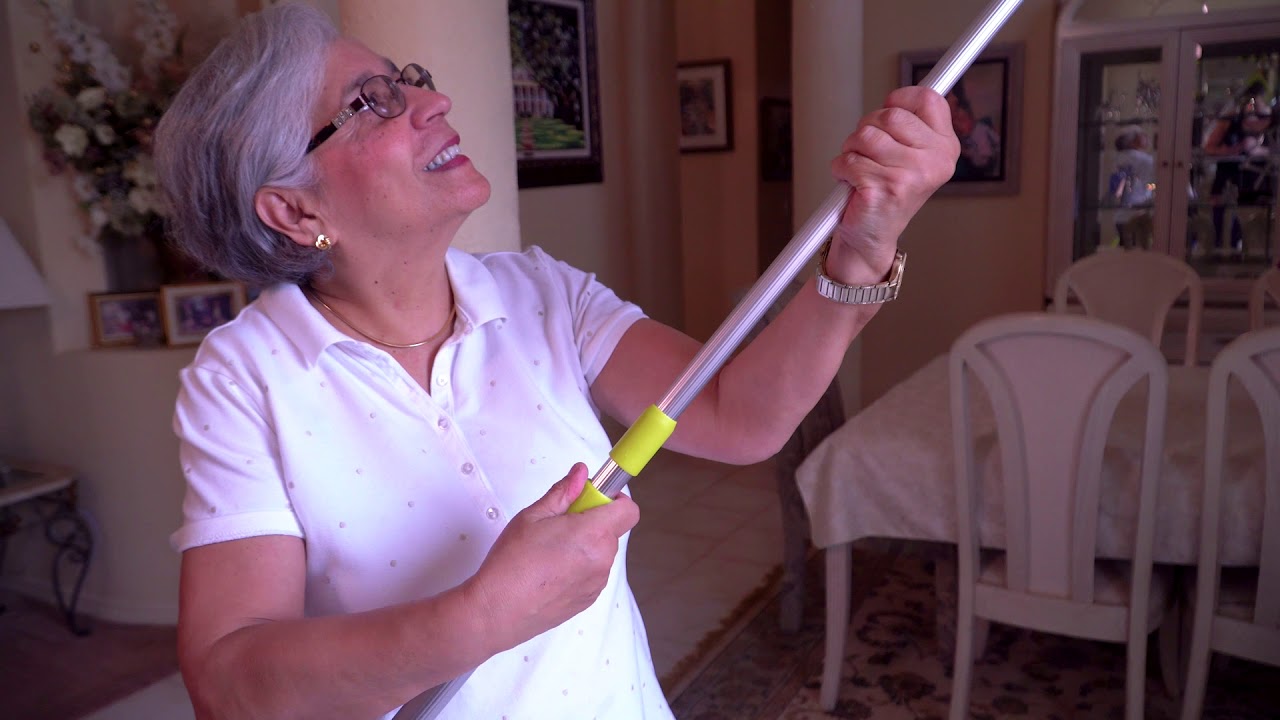



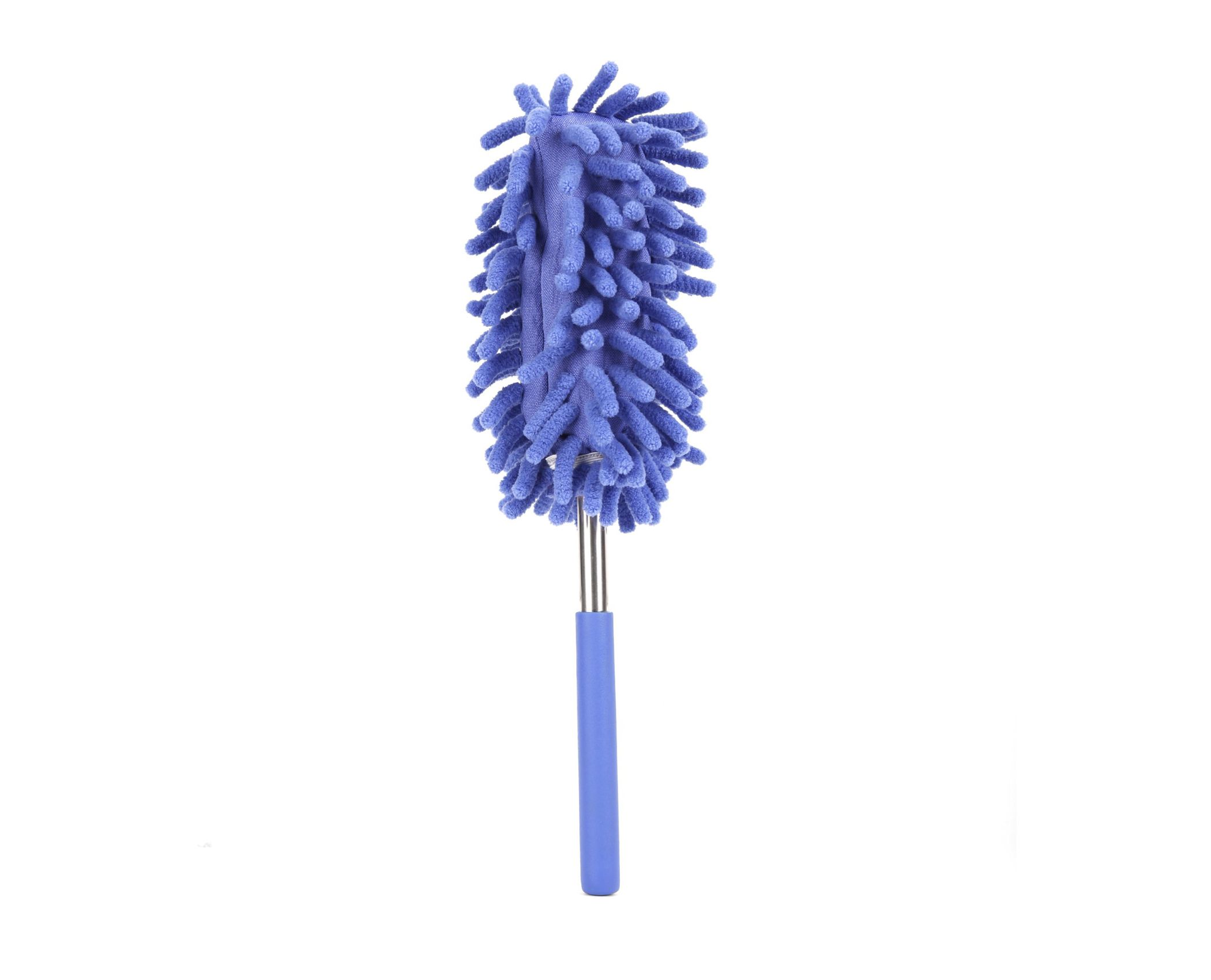
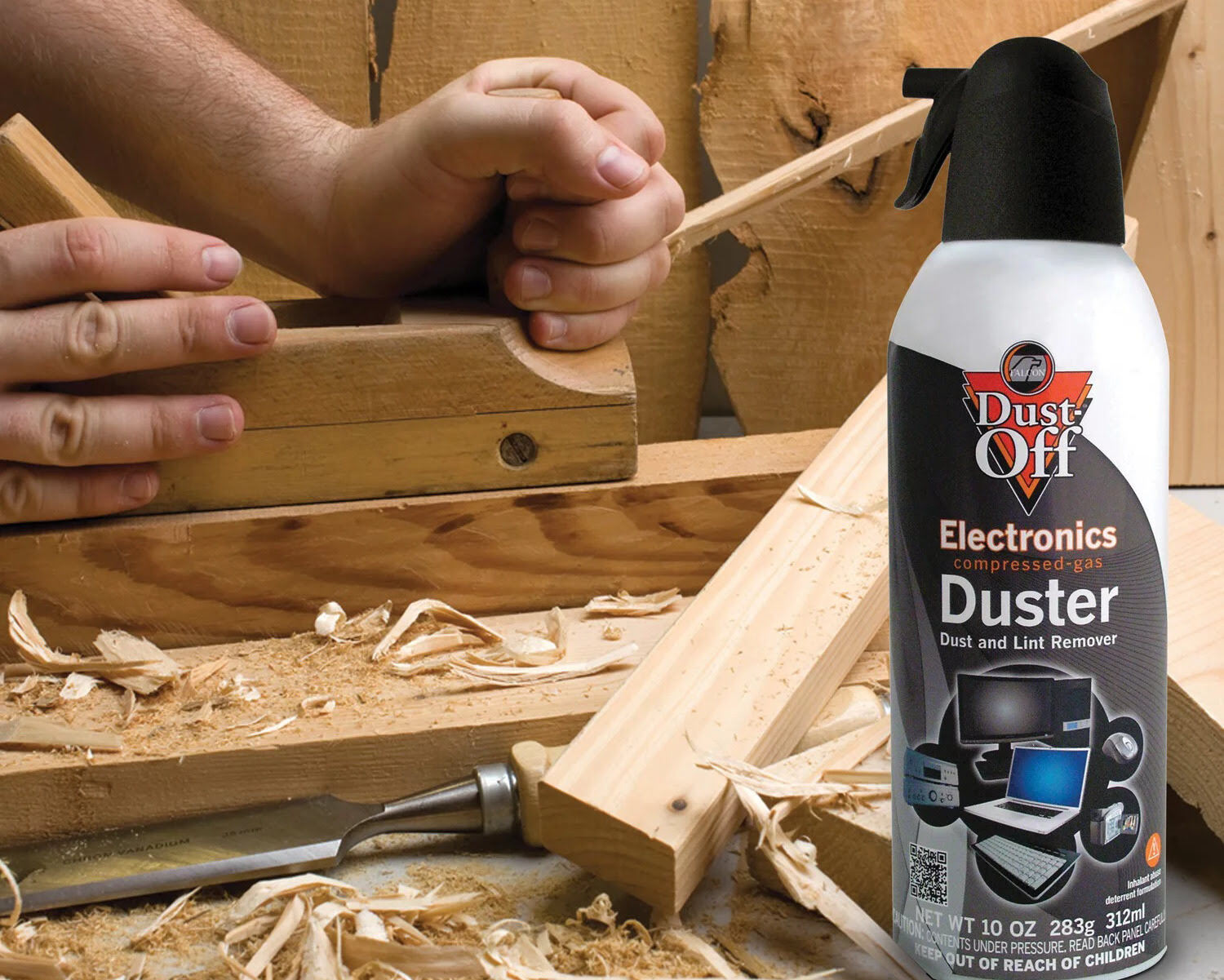
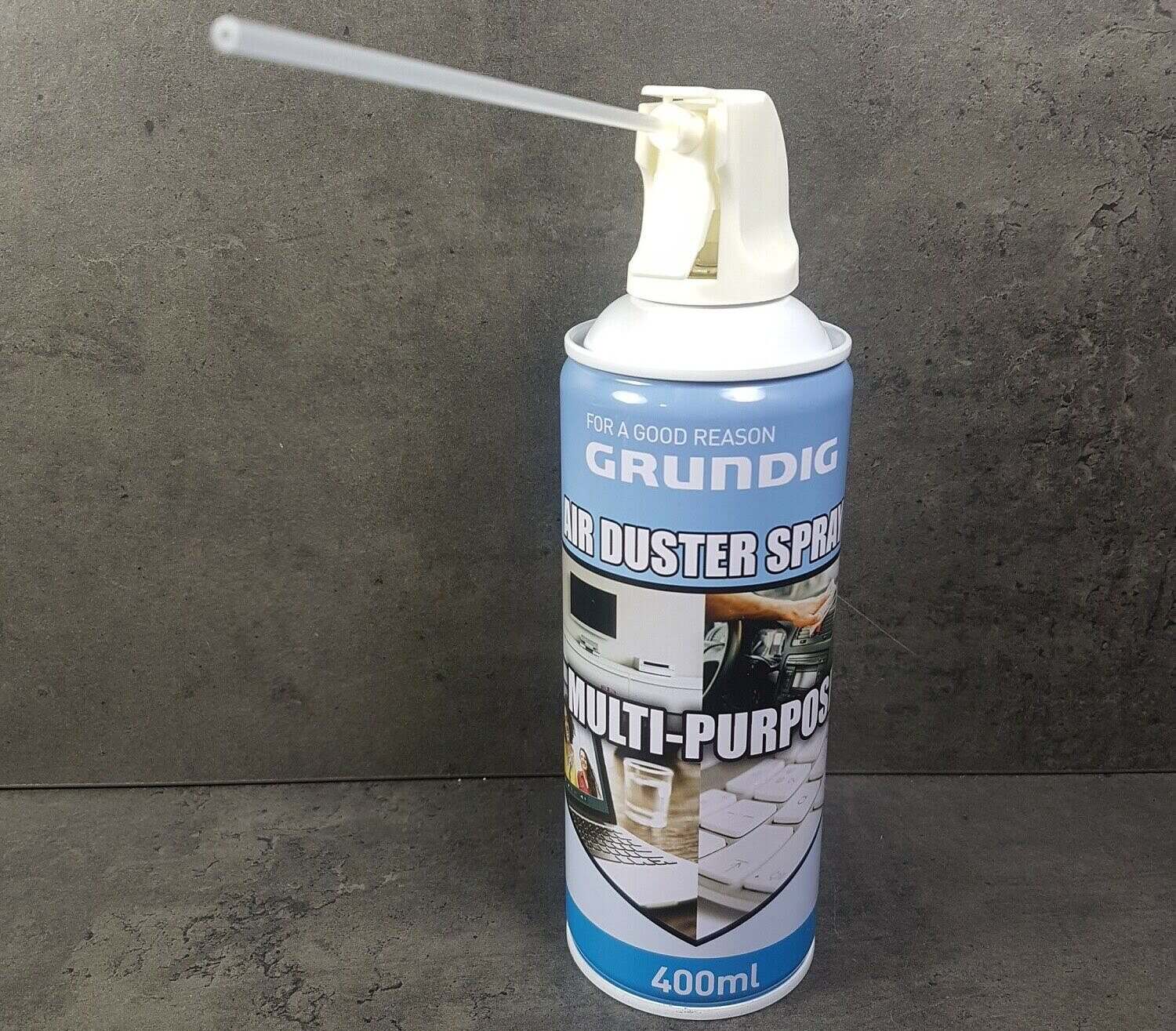
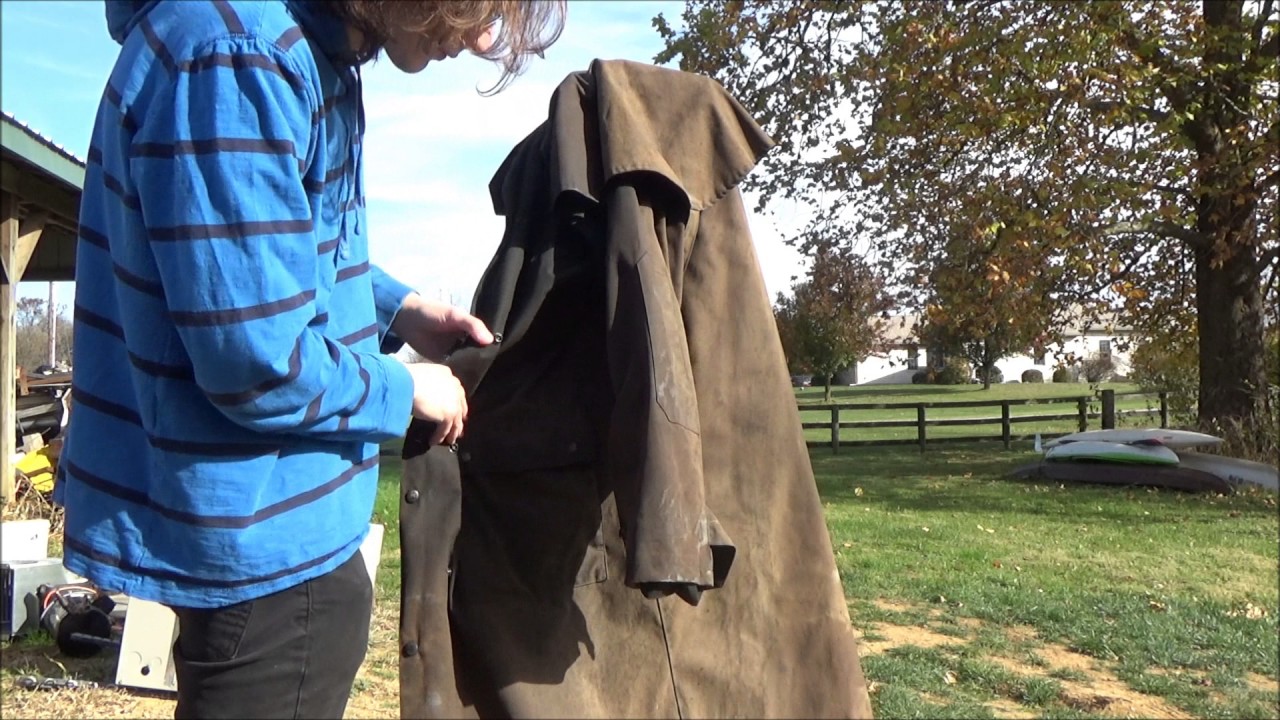


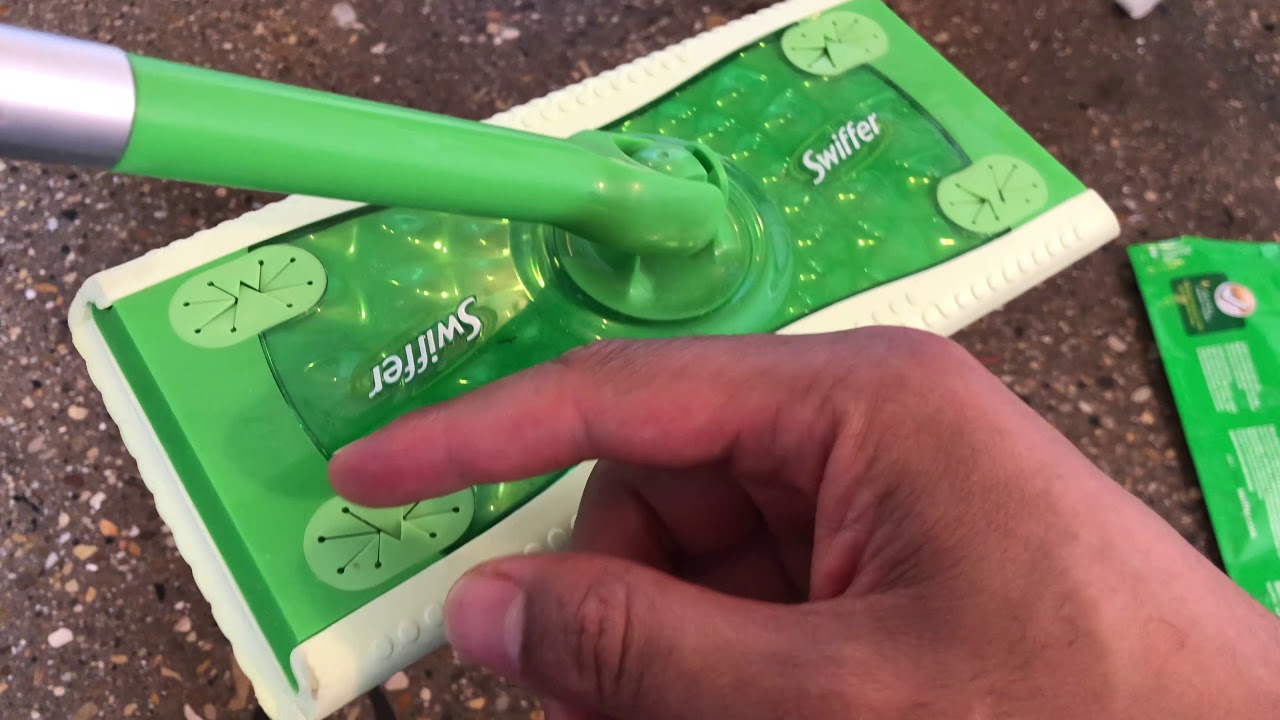
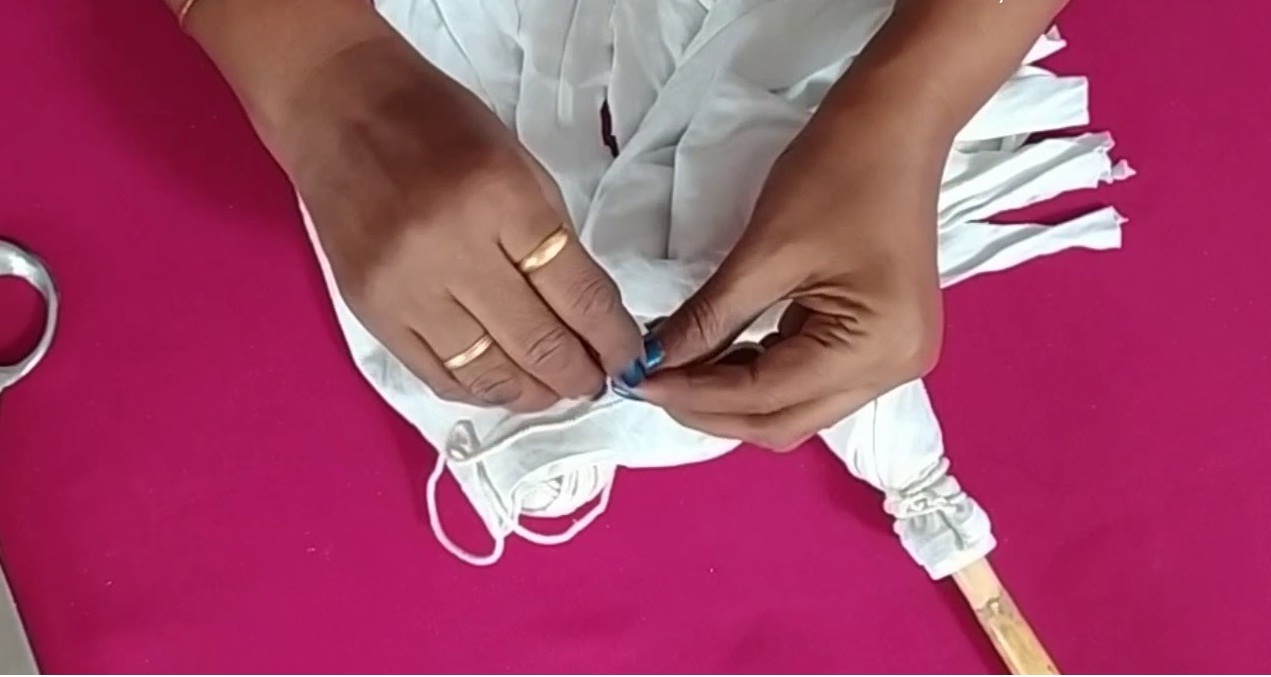

0 thoughts on “What Is A Knuckle Duster”